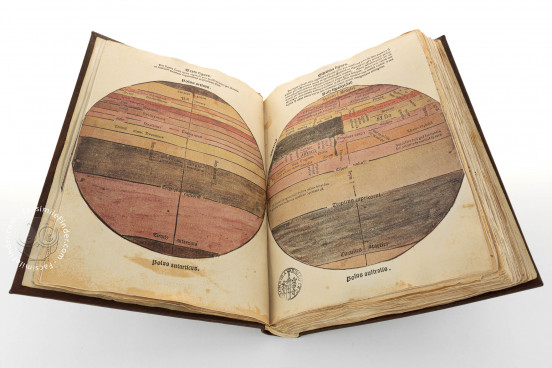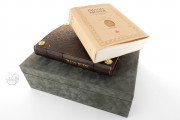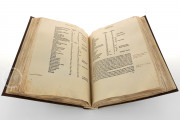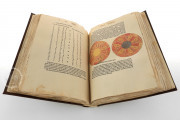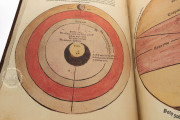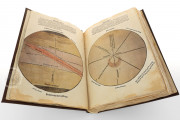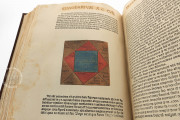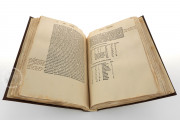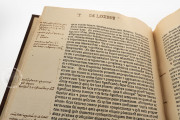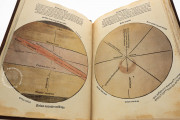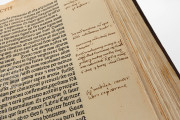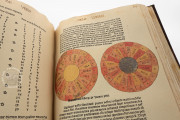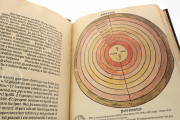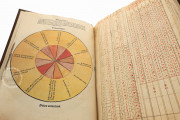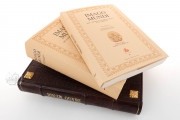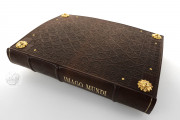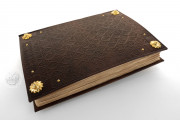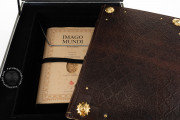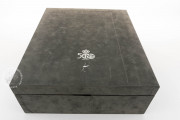This copy of Pierre d’Ailly’s Imago Mundi, abundantly annotated by Christopher Columbus, was printed in Louvain by Johannes of Westfalia between 1480 and 1482. It is one of the most important geographical works of the late Middle Ages annotated by someone keenly interested in its claim that Asia could be reached by sailing west.
Ailly's theories about the cosmos were based on ancient authors, such as Aristotle, Ptolemy, and Pliny the Elder, as well as the Church Fathers and Arab writers, Averroes among them. The book was very important in the preparation of the voyages that resulted in the exploration of the Americas by Europeans.
The Most Important Book in Columbus's Library
The Imago Mundi (Image of the World), originally written in 1410 by the French bishop and scholar Pierre d'Ailly (1350-1420), focuses on geography and cosmography. It helped Christopher Columbus develop his ideas about the viability of navigating the Atlantic to reach the Indies.
The Late Medieval Image of the World
The Imago mundi describes the structure of the heavens and the earth and discusses climatic zones, islands, rivers, and seas. In the manuscript and print tradition, it was illustrated with diagrams highlighting points made in the text. Columbus's book concludes with a series of eight full-page circular diagrams of celestial and terrestrial content hand-painted to enhance both their attractiveness and their messages about the make-up of the world.
The Imago Mundi is not the work of Ailly alone. It comprises eighteen chapters, of which the first thirteen were written by Ailly and the last five by his disciple Jean Gerson (1363-1429), philosopher and chancellor of the University of Paris. It is estimated that the exemplar in the Biblioteca Colombina includes 898 annotations by Columbus, which indicates that he studied Ailly’s work thoroughly.
A Book Used by Columbus to Support His Theories
Columbus had to defend himself against the skeptics who doubted the possibility of reaching the Indies by crossing the Atlantic. Thus, he collected several works to prove his geographical and cosmographical theories, Pierre d’Ailly’s Imago Mundi among them.
Columbus's library was inherited and enriched by his son Fernando (aka Hernando Colón) after the admiral's death in 1506. It is the foundation of the Biblioteca Colombina in Seville, one of the most important libraries regarding the discovery of America.
We have 1 facsimile edition of the manuscript "Columbus's Imago Mundi": Imago Mundi facsimile edition, published by Testimonio Compañía Editorial, 1990
Request Info / Price
